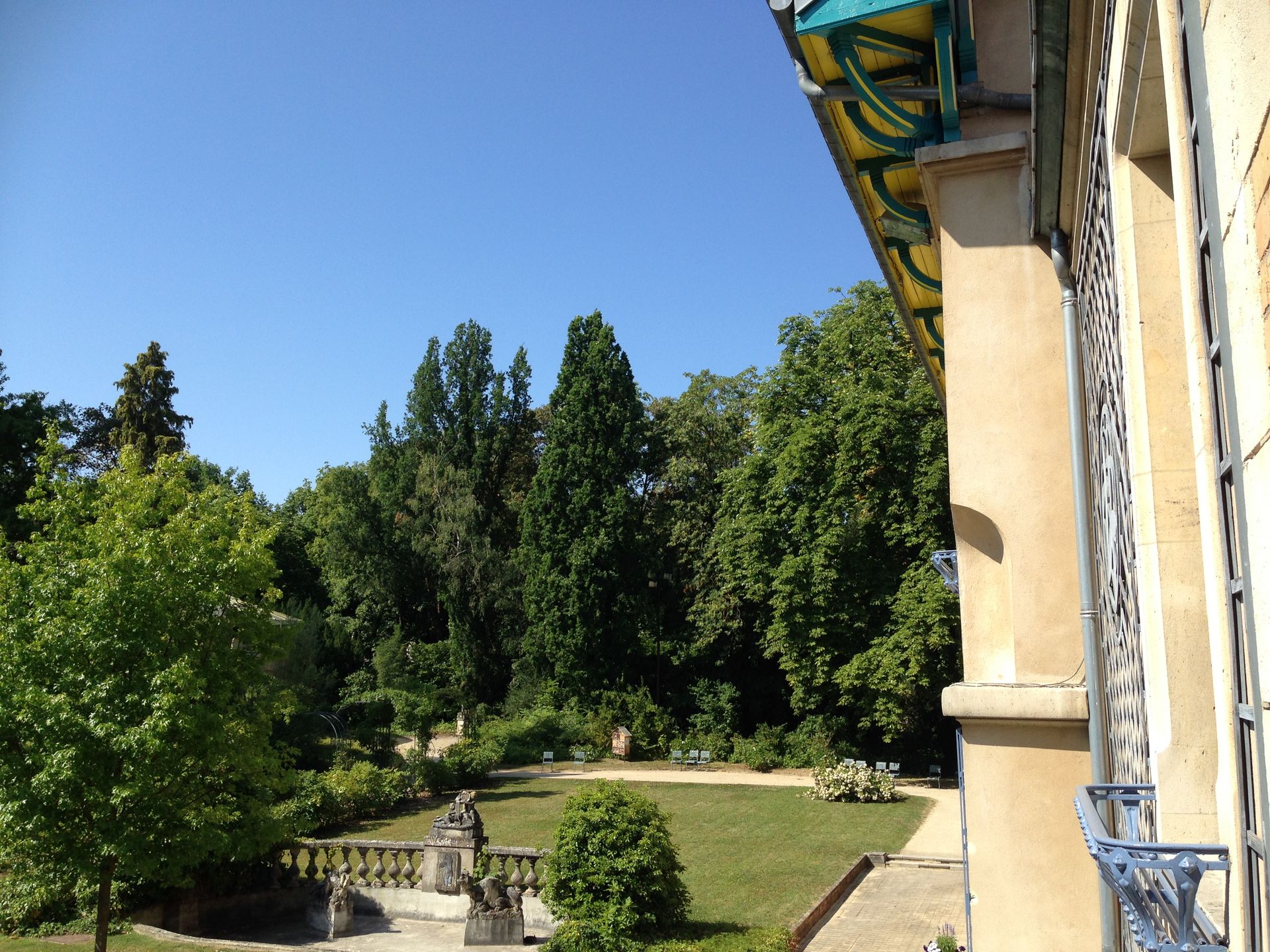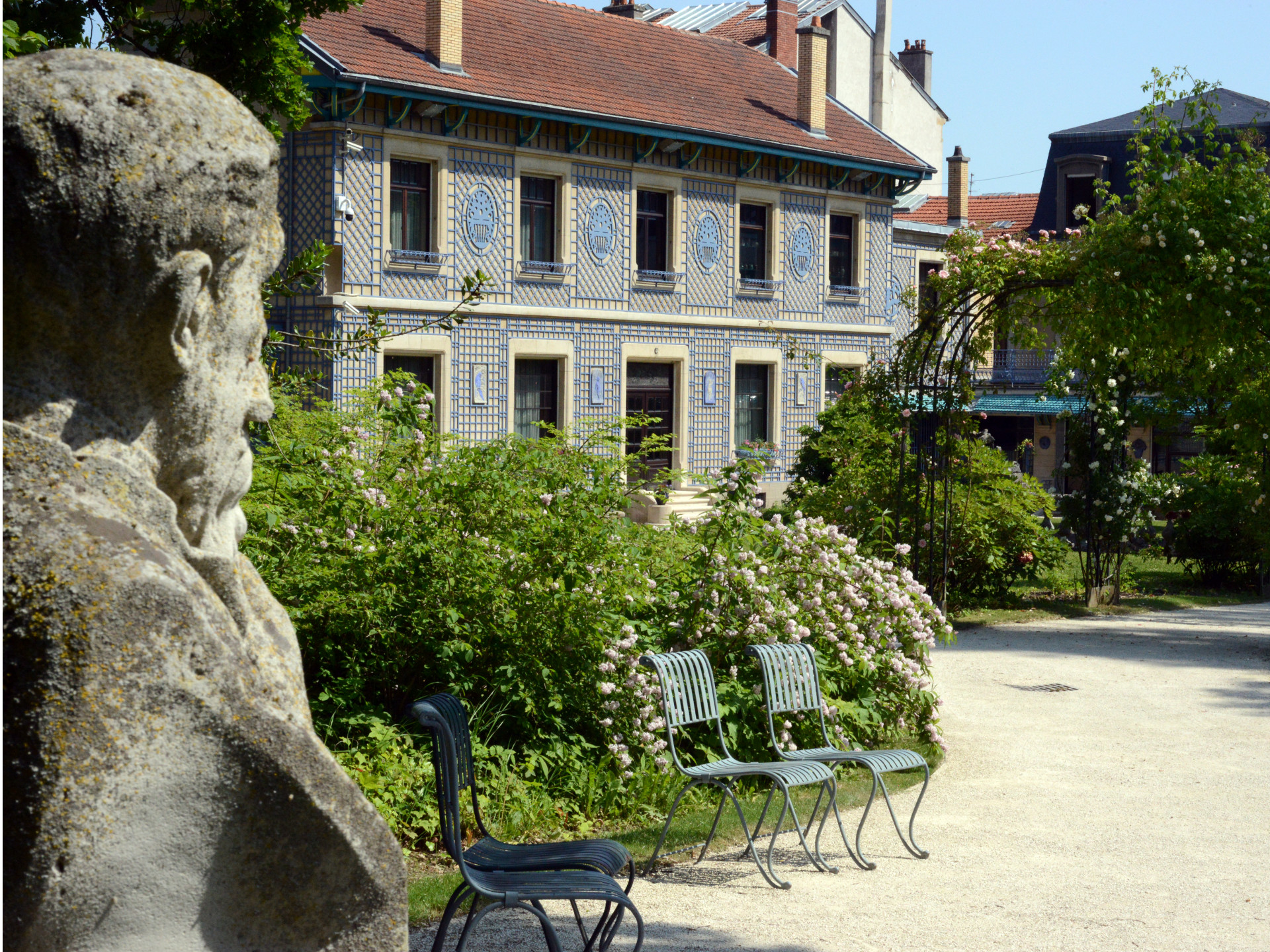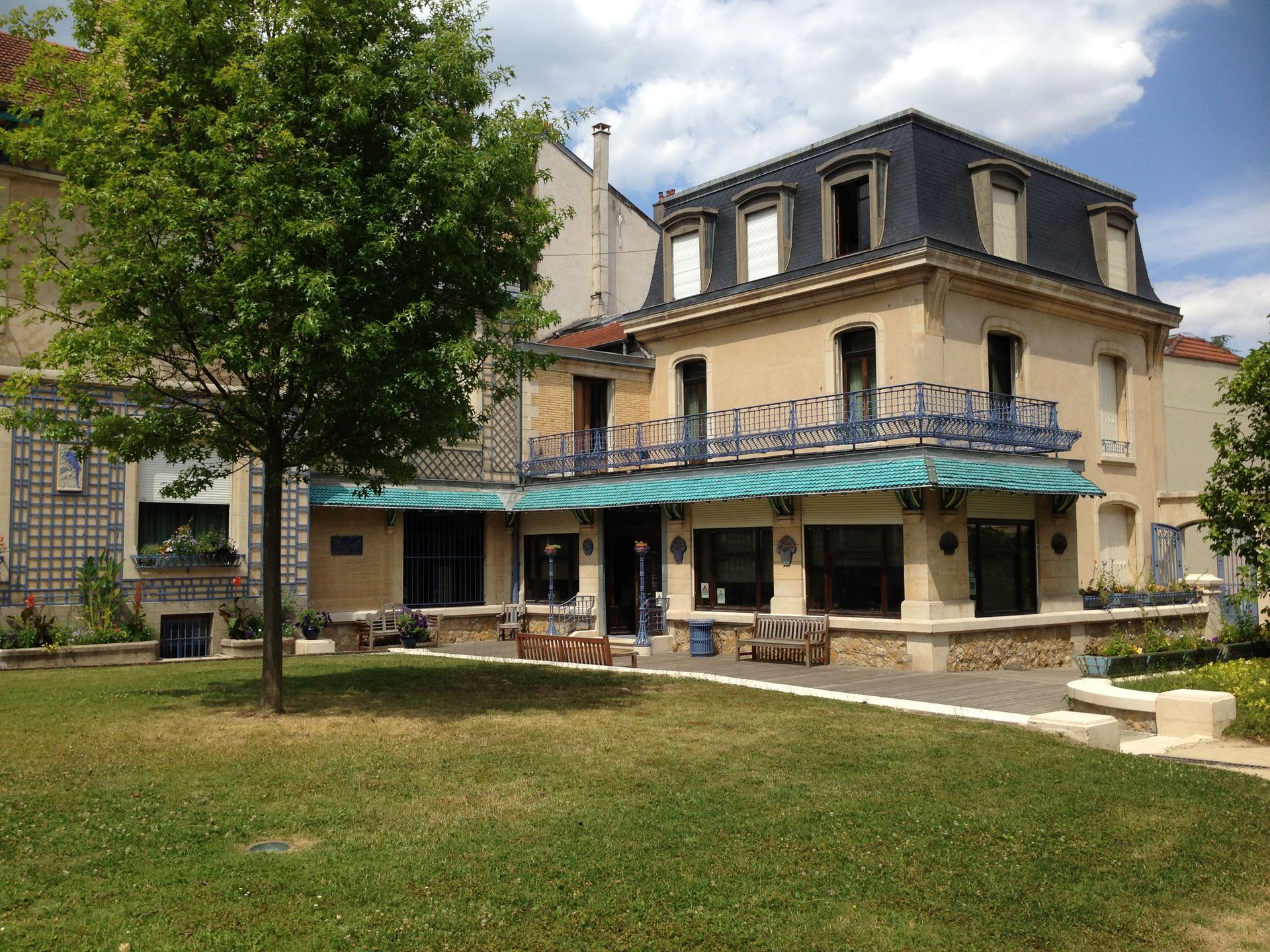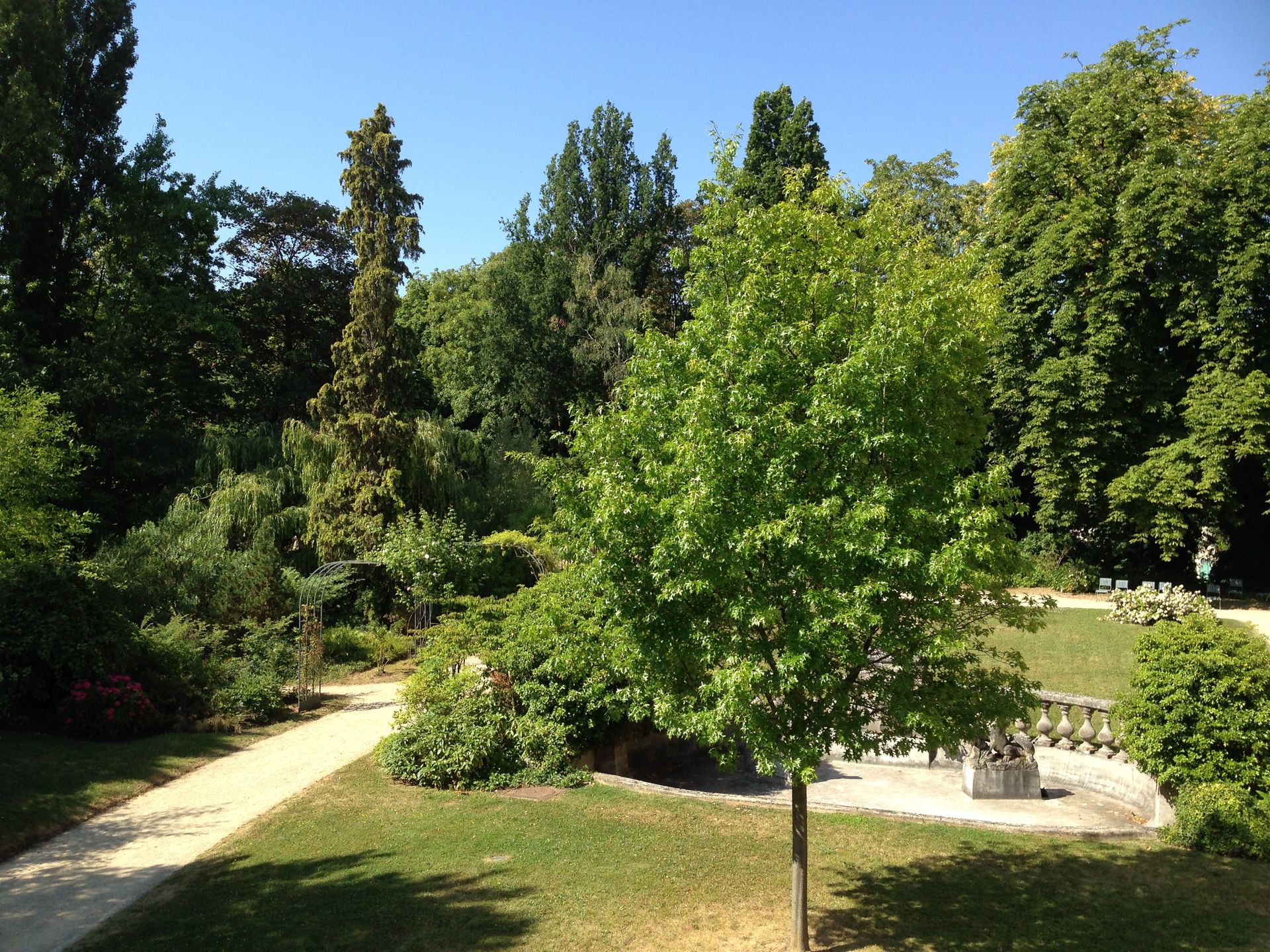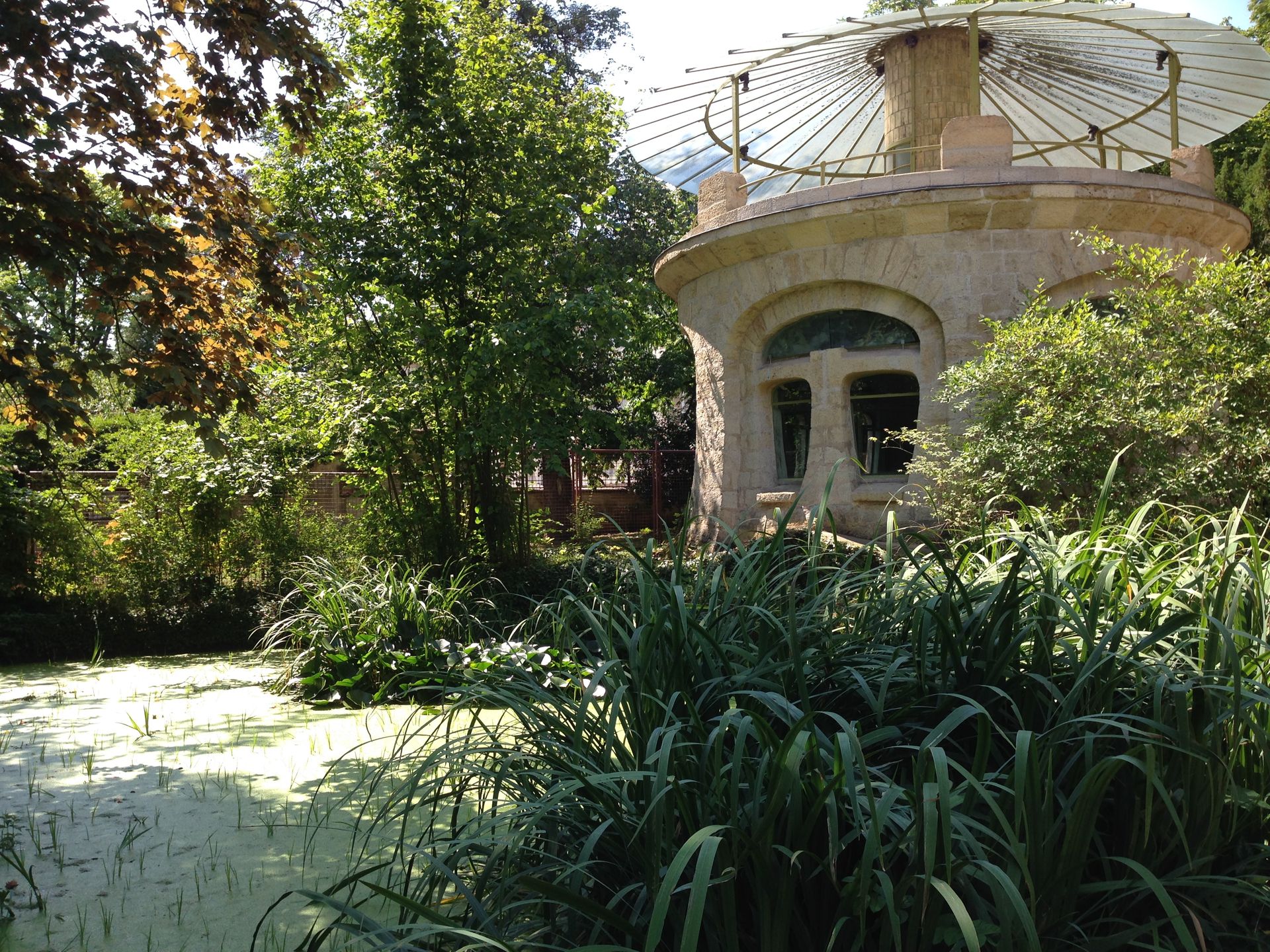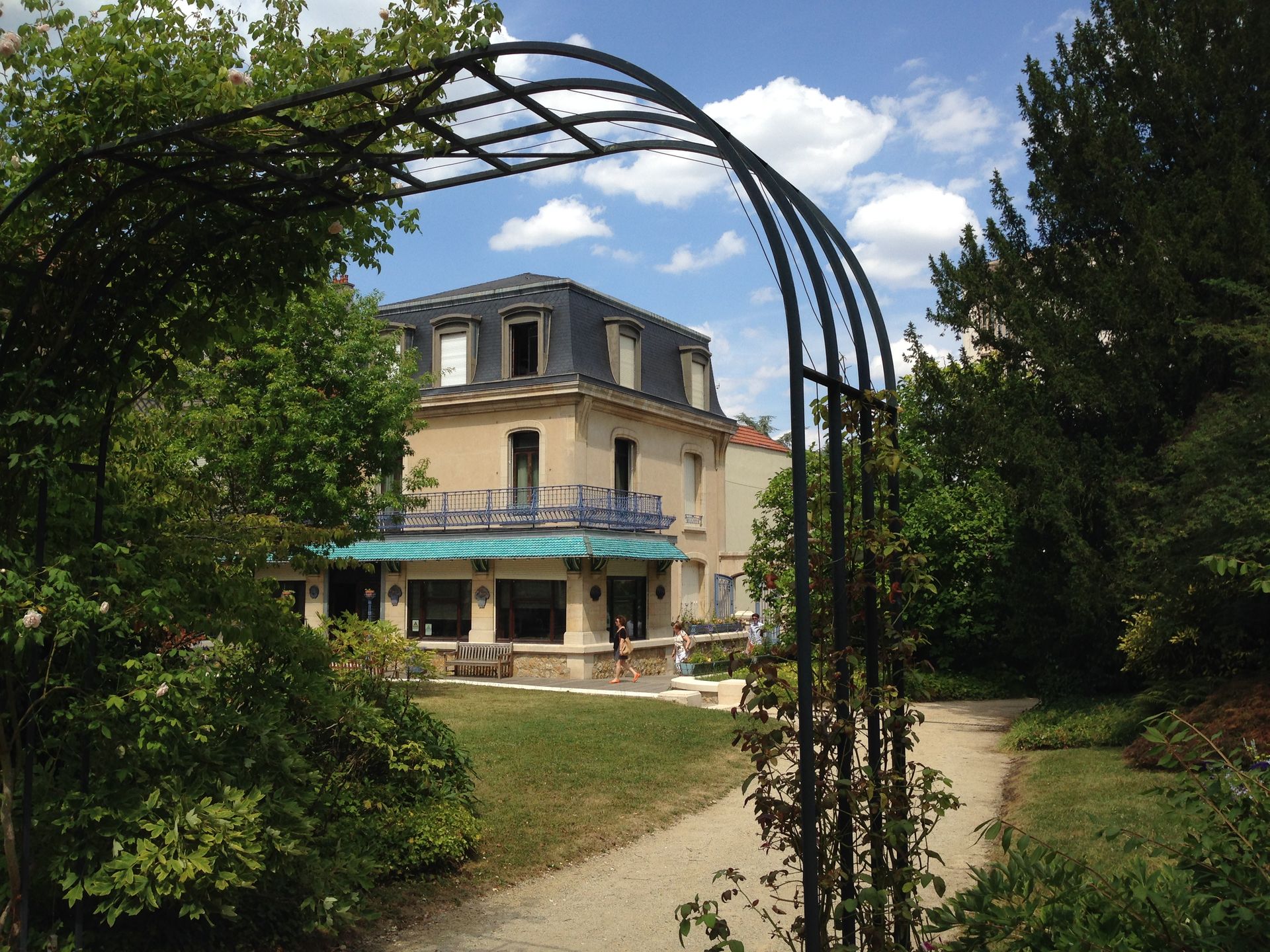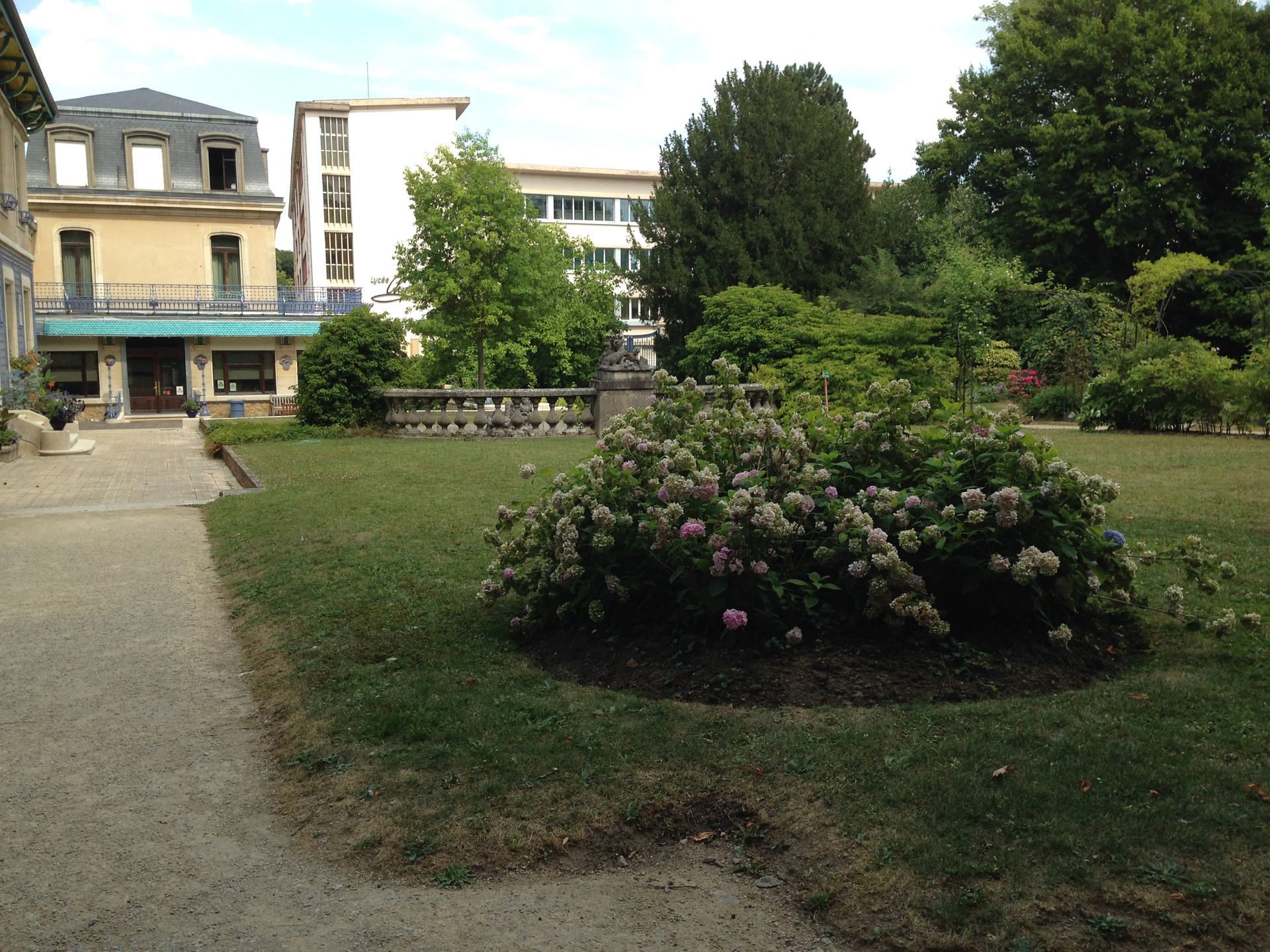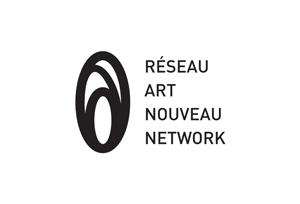The museum
The musée de l'École de Nancy is one of the few French museums dedicated to an artistic movement: Art Nouveau. In the heart of the Nancy Thermal district, the museum is located in the former property of the most important collector of the École de Nancy, Eugène Corbin. Welcome to the Belle Époque!
The museum takes its name from the École de Nancy association created in 1901. The musée de l'École de Nancy opened its doors to the public on June 26th 1964. However, the period was not very favourable to Art nouveau, which was considered as old-fashioned and excessive. The perseverance of a collector, Eugène Corbin, the first and most important patron of the École de Nancy, and then that of specialists, including Françoise Thérèse Charpentier, the museum's first curator, enabled the École de Nancy to find its place in the history of the arts and to acquire an international reputation.
First acquisitions
As early as 1894, following the first exhibition bringing together the great figures of Nancy's artistic scene, the Société des Arts décoratifs Lorrains purchased works by Émile Gallé, Victor Prouvé, Louis Hestaux and Camille Martin. A museum of decorative art was officially created in 1900 as part of the musée des Beaux-Arts, then housed in the Hôtel de Ville. In 1904, 39 glassworks by Emile Gallé, selected by the artist himself, were added to this first collection.
A decisive donation for the future museum
In 1935, Eugène Corbin made an exceptional donation: 759 works, in all fields, due to the main artists of the movement, became part of the municipal heritage. The "musée de l'École de Nancy - Donation Corbin" was installed in the north gallery of the Salle Poirel. It was removed during the Second World War and remained in crates on its return to Nancy. The damage caused by the great flood of 1947 led to the search for a permanent exhibition solution.
A house for a museum
In 1951-1952, the city acquired Corbin’s mansion, rue du sergent Blandan, a few months before the donor's death. The ideal setting for the museum was finally found which opened its doors in May 1954, but only one day a week. Ten years later, a completely rejuvenated and enlarged museum was unveiled with the presence of descendants of the artists, among them Émile Gallé's daughters. The Direction des Musées de France (French Museums Directorate) officially awarded it the title of "Musée de France" in 2002.
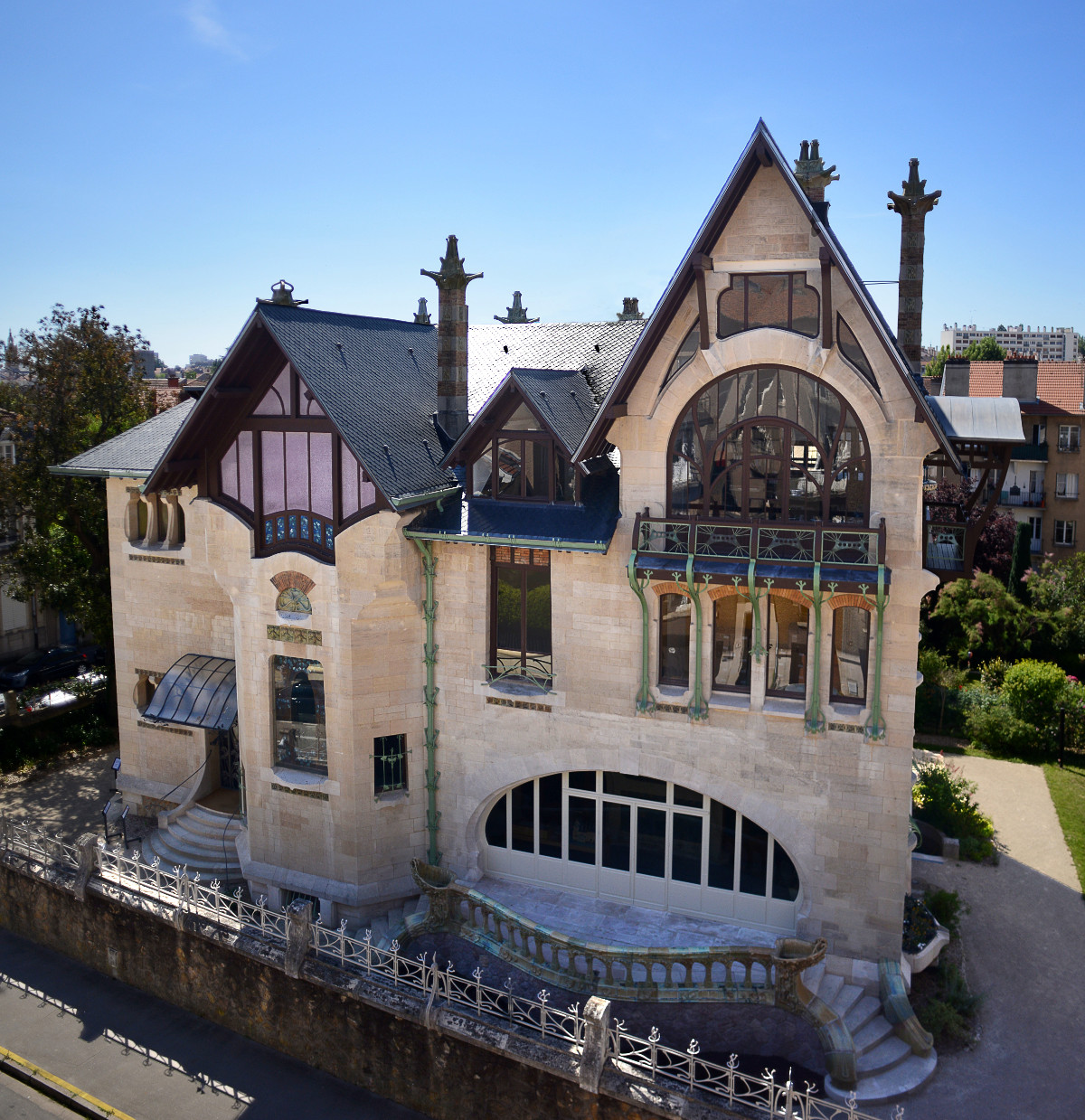

The Villa Majorelle, an Art nouveau house
The Villa Majorelle, an emblem of Art nouveau architecture in Nancy, has reopened in 2020 after a major renovation project. It is now a great pleasure to discover the atmosphere of this extraordinary house! In the following years, more rooms will be added to the visit, such as the bathroom and the closet (2025).
The collections: unique pieces and « art for all »
Inside the house, furniture, objects d'art, glassware, ceramics, stained glass, paintings and fabrics illustrate the diversity of techniques used by the artists of the École de Nancy. Some unique pieces are on display. They bear witness to the technical virtuosity of these artists, but also to the production of objects in large scale. Representative of "Art for All", they include small pieces of inlaid furniture, acid-etched glass and mass-produced ceramics.
The museum is not a strict recreation of the 1900s, but reminds of the atmosphere of the period by placing works of art in their proper context, with spaces encouraging visitors to wander freely through the rooms, and allowing an intimacy with the works. A large part of the exhibition is devoted to Émile Gallé, whose glass collection includes over 400 pieces, as well as ceramics and furniture.
The museum also exhibits the dining room designed for the Masson couple in 1903-1906 by Eugène Vallin, in collaboration with Victor Prouvé for the painted ceiling and the leather hangings, and the Daum manufacture for the lighting fittings. In addition to the great names of the École de Nancy, the museum offers a glimpse of the french Art nouveau movement with works by Guimard, Chaplet, Selmersheim and Carabin.
The garden
The very pleasant garden, with its ponds and plantations, features many varieties of flowers designed by contemporary horticulturists from the École de Nancy. The park is featured on the list of the Supplementary Inventory of Historic Monuments since 1999. It is home to three monuments that are particularly emblematic of the École de Nancy and Art nouveau: the oak door from the Gallé workshops, a funerary monument and an aquarium pavilion.
The funerary monument, erected in 1901 in Nancy’s Préville cemetery, was designed by architect Girard and Parisian sculptor Pierre Roche (1855-1922). Jules Nathan, known as Jules Rais (1872-1943), an art critic from Nancy, commissioned the construction of this tomb in memory of his young wife Marie Georgette Vierling, painter (1873-1899). It is decorated with with floral stained glass windows by Henri Carot and surmounted by an enamelled sandstone lily by Alexandre Bigot (1862-1927). This work is one of the first examples of Art nouveau funerary architecture in Nancy.
To enhance his garden, Eugène Corbin had a circular pavilion built around 1904, to house an aquarium. Built in the spirit of 18th century park buildings, it is one of the most original constructions of its time. A place of relaxation and contemplation dedicated to the aquatic world, this monument is attributed to the architect Weissenburger. The basement and ground floor, with its aquariums, are devoted to marine fauna, while the first floor features a panoramic terrace overlooking the park. The door and window transoms are decorated with stained glass by Jacques Gruber. They depict aquatic scenes in which plants, water lilies, water sagittaries and seaweed are combined with fish, seagulls and frogs. The basement is decorated with a rockwork grotto, and its pool communicates with an artificial pound outdoor.

